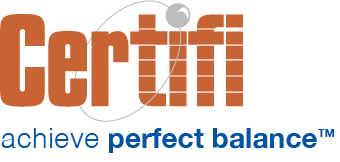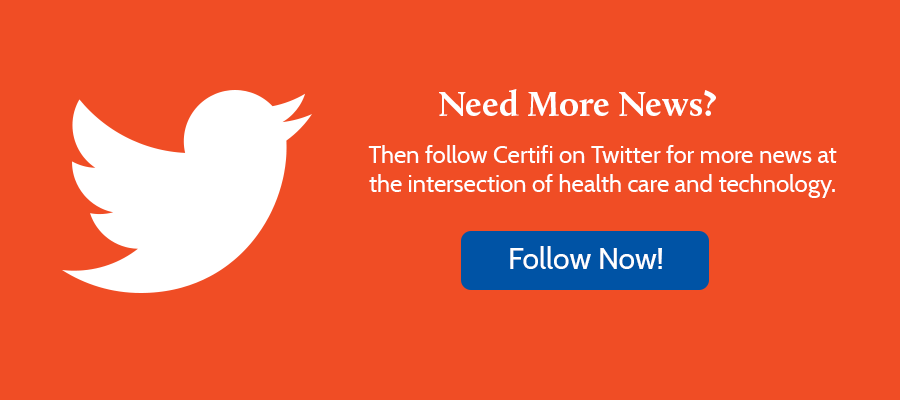A Multiple Employer Welfare Arrangement (MEWA) helps smaller employers improve their benefits purchasing power by pooling together to purchase insurance products. Professional trade or business associations, like a group of certified public accountants or bankers, often form MEWAs.
But forming a MEWA imposes certain administrative burdens on the group overseeing the arrangement. In addition to compliance requirements – like annual Form M-1 filings or multiple Form 5500 filings for each employer group – MEWA administrators need to bill and collect payments from each of their member employers and remit those payments to carriers and brokers. MEWAs usually bill participating companies every month for all employees enrolled in benefits. These may number in the thousands, making it difficult to track payments, manage delinquency, deliver accurate reporting, and lead to a poor employer experience.
With that in mind, here are five benefits of dedicated premium billing software for Multiple Employer Welfare Arrangement billing:
Better Delinquency Management
Many MEWAs leverage the billing modules provided by their enrollment vendor, health insurer, or an insurance broker. Typically, those solutions can generate an invoice based on enrollment data but fail to track payments and manage delinquent accounts.
Solutions like Certifi have built-in delinquency management, delivering a rules-based, automated delinquency management process. MEWAs can create rules that trigger email and print communications to delinquent accounts. Delinquency notifications can occur within a defined amount of time. MEWAs can tailor subsequent communications to differ from a first delinquency notification.
Improved Payment Management
Most billing modules used by MEWAs don’t integrate payment management into the solution. As a result, MEWAs typically collect payment via a check sent to a bank lockbox or even directly to the MEWA.
While that works, it’s a less efficient way to manage payments. Dedicated billing software includes recurring and online payment functions that simplify the payment process for member organizations. Making it easy to pay while adding recurring payments leads to more on-time payments and fewer delinquent accounts.
Managing partial payments and refunds for an overpayment can also be difficult and time-consuming without sophisticated software. Dedicated billing software should enable rules-based partial payment applications based on products or people. For example, a MEWA may pay health insurance before paying dental or vision benefits. Automatically applying funds to different products means manual administrative mistakes won’t cause coverage losses and member complaints.
Better Aging, Commission, and Accounting Reporting
Better, more granular transactional data leads to better reporting. By leveraging an accounting-style design and coupling debits and credits, dedicated billing solutions deliver better reporting. Available reports may include:
- Aging reports – Aging reports should display aged receivables based on day intervals like current, 0-30, 30-60, 60-90, 90-120, and 120+. Look for aging reports that can break down information by plan or client hierarchies.
- Invoice and payment detail reports – These reports display all billing transactions invoiced to a member organization.
- Delinquency and termination reports – These reports show all currently delinquent member organizations based on the rules defined in the software.
- Remittance reports – These reports can be delivered to payees like carriers, detailing what comprises the payment.
- Extracts for your general ledger can also be generated if necessary.
Better Multiple Employer Welfare Arrangement Billing Accuracy
Improved accuracy streamlines processes, eliminating the need to research and correct errors. Plus, improved accuracy leads to higher member organization satisfaction.
How does a dedicated Multiple Employer Welfare Arrangement billing solution improve accuracy? Typically, list billing solutions deliver point-in-time billing. Any adjustments or retroactivity become hard to manage.
Unlike those old list billing solutions, accounting-style, modular billing solutions improve accuracy by coupling debits and credits. The software automates retroactive adjustments, limiting manual work and improving billing and remittance accuracy.
Better Remittance and Commission Management
Finally, dedicated billing software simplifies carrier and broker remittance. An accounting-based design makes it easy for MEWAs to run reports and distribute funds based on payments made.
Typically, the billing software can establish each entity receiving payment as a payee. The MEWA then executes a remittance process at the end of each month. That process results in detailed and summary-level remittance outputs that specify the amount paid to each entity, whether it’s a carrier or broker.
If the MEWA desires the billing platform to manage outbound payments, the software will produce a NACHA file. That file provides instructions to the client’s bank to execute funds transfers to the various payees. The software uses a workflow system to create remittance advice, create an EFT file, send the EFT to the client’s bank, and mark the EFT batch as executed.
Certifi’s William is automated premium billing and payment software that streamlines benefits billing and payment solutions for MEWAs, employers, and benefits administrators.



